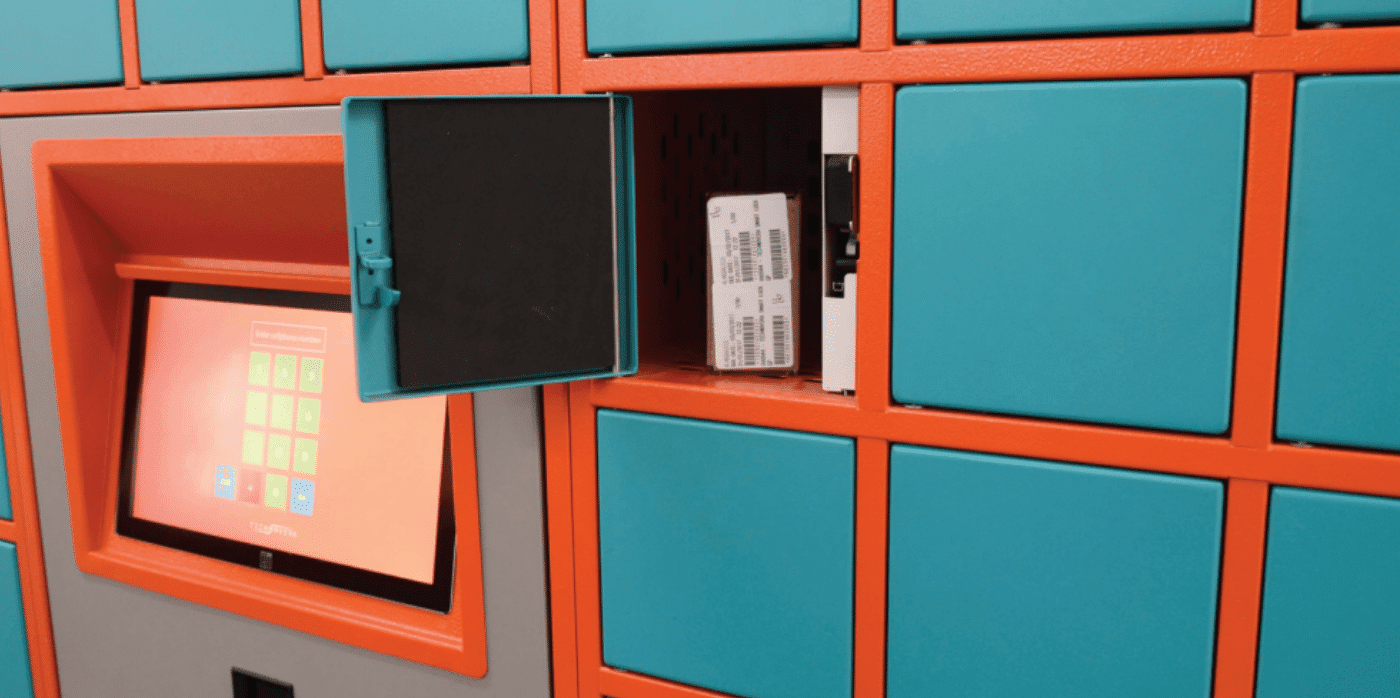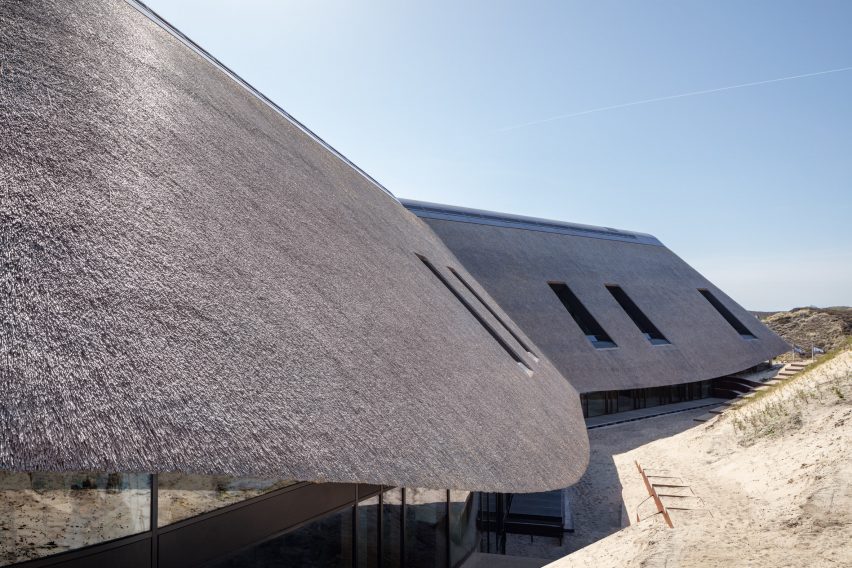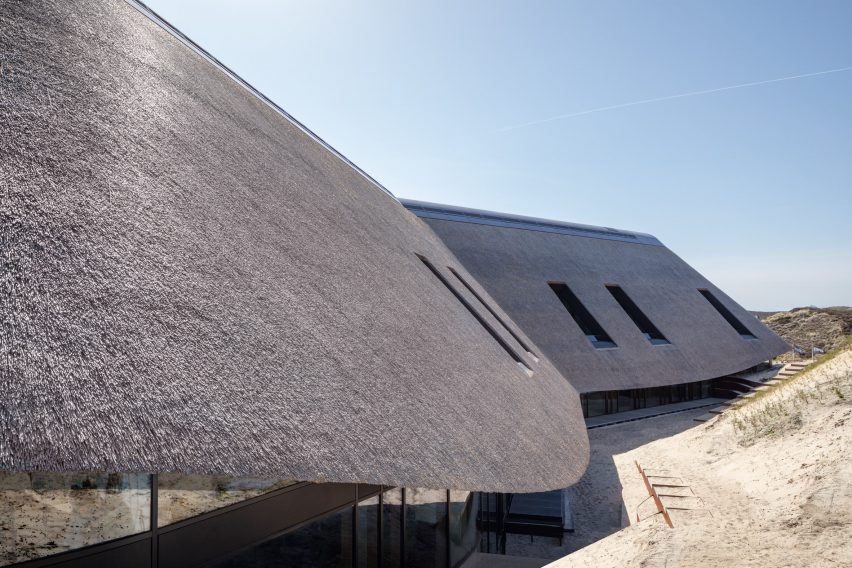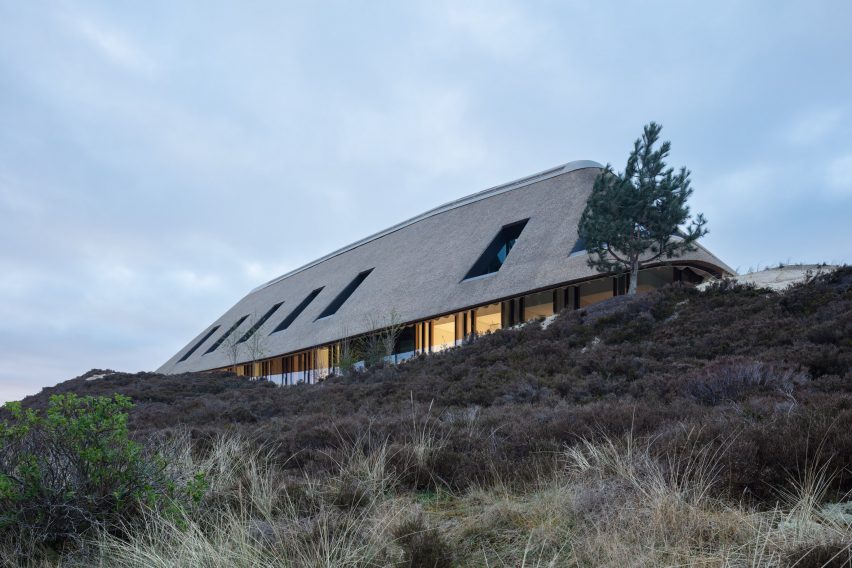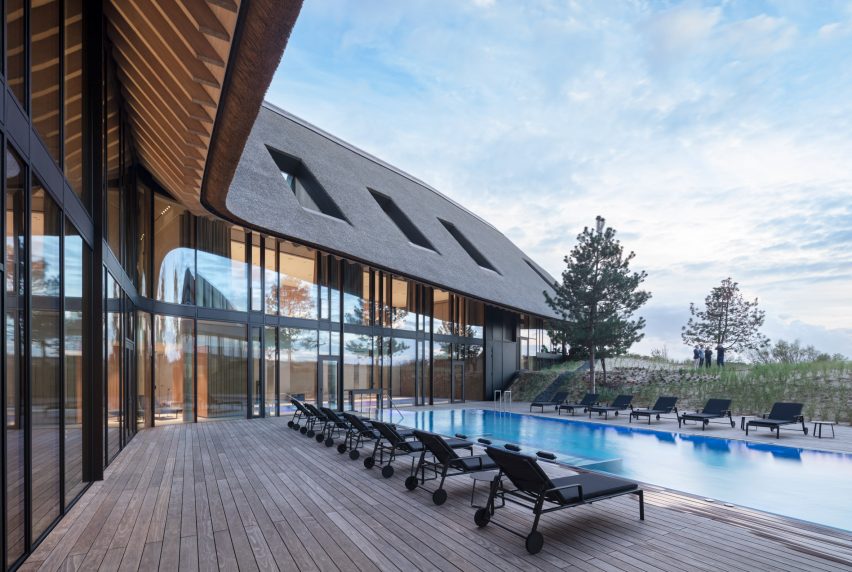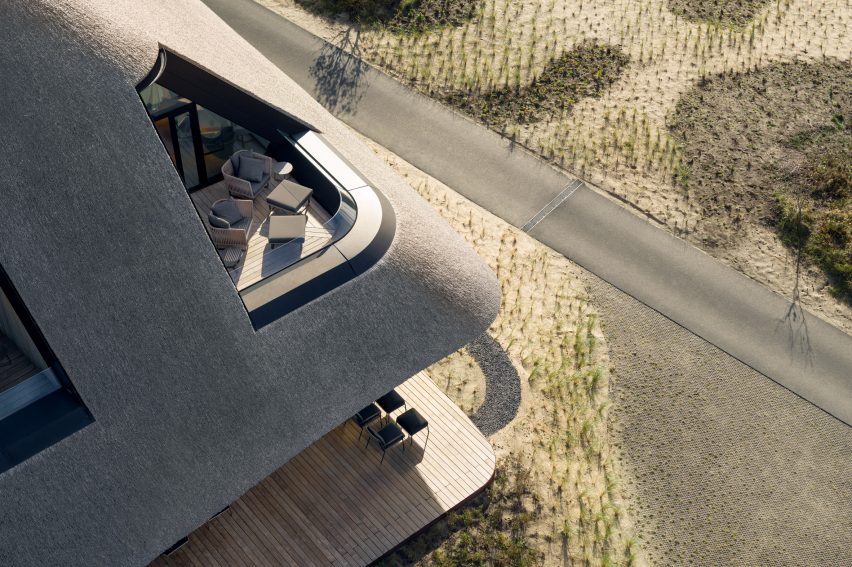Helping companies and individuals access a circular economy for electronics

Spotted: Researchers predict that the refurbished electronics market will reach more than $94 billion (around €88 billion) by 2030. Such growth suggests an increase in the accessibility of devices based on cost as well as more robust reuse and recycling systems.
Contributing to the big strides being taken in keeping used electronic devices out of landfill is technology recycling company GreenDice. The Estonian company partners with a range of businesses to place their used equipment with members of communities in need of connectivity.
With a starting monthly fee of €5.9 per month, individuals can choose a refurbished laptop, desktop, or both. Every plan comes with GreenDice’s guaranteed IT support and full transparency on how old the device is and who owned it. Borrowers can feel confident that they are getting quality devices as all equipment comes from globally known manufacturers and businesses upgrading their tech.
If a device is no longer needed, borrowers can return it at any time, with no costs involved in cancelling. And when a computer reaches the end of its usable life, GreenDice takes it back and oversees the responsible, sustainable recycling of its parts.
For businesses, GreenDice offers a way to reduce environmental impact without having to resort to offsetting emissions. The company’s programme also makes it possible for organisations to complete reliable full life cycle assessments of their device inventory.
Affordability is a cornerstone of the company’s programme, and the team plans to decrease monthly fees in proportion to a growth in the number of commercial partners.
A non-toxic, low-energy material recovery process, along with a used electronics marketplace are two other methods of increasing circularity that are highlighted by innovators in Springwise’s database.
Written By: Keely Khoury










